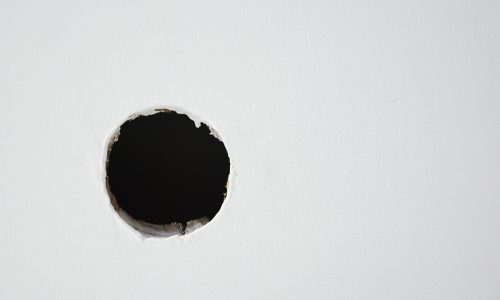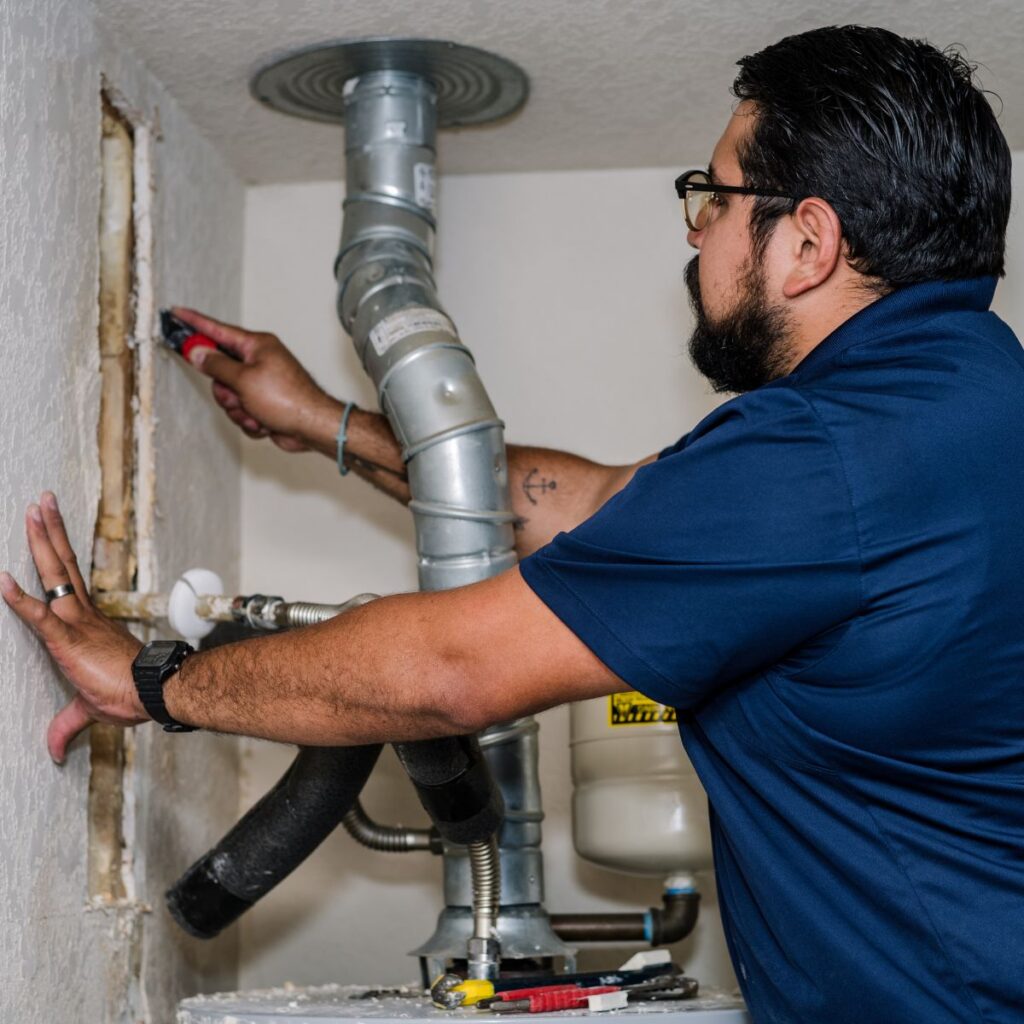A Comprehensive Overview to Learning Drywall Fixing and Installment
This overview provides a thorough expedition of drywall repair work and installation, accommodating both beginners and experienced experts. It outlines important tools, methods for patching and hanging sheets, and the important finishing processes. Drywall Repair Ogden UT. By recognizing usual mistakes, individuals can attain refined results. Grasping these abilities not only boosts one's home but additionally constructs self-confidence in DIY undertakings. What foundational tips will ensure an effective project throughout?
Important Tools for Drywall Fixing and Installment
When beginning on drywall fixing and setup, a few necessary devices can greatly improve the effectiveness and quality of the work. A drywall blade, usually available in numerous dimensions, is essential for using joint substance and smoothing seams. A taping knife is additionally necessary for feathering edges and making certain a smooth surface. In addition, a drywall saw or utility knife permits specific cutting of drywall sheets to fit any area.

Step-by-Step Guide to Patching Holes
Patching holes in drywall is a straightforward process that can recover the wall's look and stability. To begin, the area around the opening ought to be cleansed and any loosened debris got rid of. For tiny holes, a simple spackle or joint compound can be used with a putty knife. Bigger holes might need a patch; an item of drywall can be reduced to fit the opening, safeguarded with glue or screws, and after that taped around the edges. As soon as the patch is in place, joint substance is used over the patch and feathery out to blend with the bordering wall surface. After the substance dries out, sanding is necessary to attain a smooth finish. The fixed area can be keyed and painted to match the rest of the wall. This technique guarantees a seamless repair work, enhancing the total look of the drywall and maintaining its architectural stability.
Strategies for Hanging Drywall Sheets
After effectively repairing openings in drywall, the following action entails hanging new drywall sheets to create a smooth surface area. To achieve this, one need to begin by determining the wall room precisely and reducing the drywall sheets to fit. It is important to hang the sheets horizontally for far better architectural stability, starting from the top and functioning downwards.
Using a drywall lift can streamline the process, specifically for ceiling installments. When placed, securing the sheets with drywall screws at intervals of regarding 12 inches along the edges and 16 inches in the field is necessary. This ensures a strong hold and reduces the risk of sagging. For edges, the sheets need to be cut to fit comfortably, enabling cleaner seams. Finally, it is advisable to stagger the joints in between sheets to reinforce the total structure, producing an extra durable surface ready for the next phase in the drywall installment procedure.
Completing Touches: Taping and Mudding
Completing the drywall installment includes the important actions of mudding and taping, which assure a smooth and sleek coating. Taping needs the application of joint tape over the joints in between drywall sheets. Interior Painting. This tape can be either paper or fiberglass fit together, with each type offering unique benefits. After taping, the following action is mudding, where joint compound, or "mud," is applied to cover the tape and fill up any flaws
Using a drywall knife, the compound needs to be spread evenly, guaranteeing a feathered side to decrease noticeable changes. Numerous layers are typically required, with sanding in between each layer to attain a smooth surface area. Careful focus during this process is crucial, as it greatly influences the final look of see this the wall. With the best technique and patience, completion result will be a perfect foundation all set for paint or ending up touches.
Typical Blunders to Stay Clear Of in Drywall Projects

Another common error is not enabling enough drying time in between coats, which can catch wetness and endanger the finish. Furthermore, ignoring to feather the edges correctly can create visible lines and imperfections. Skipping sanding or making use of inappropriate techniques might leave rough places. By being aware of these risks, people can greatly improve the high quality of their drywall projects and achieve a professional-looking finish.
Often Asked Questions
Can I Fix Drywall Without Specialist Aid?
Yes, one can repair drywall without professional help. With the right devices, products, and advice, individuals can successfully take care of small repairs. Significant damages might need specialist knowledge for optimal outcomes and sturdiness.
How Much Time Does Drywall Substance Require To Dry?
Drywall compound usually takes between 24 to 2 days to dry totally, depending on factors such as humidity and temperature. Thinner layers might dry much faster, while thicker applications call for even more time for suitable results.
What's the most effective Type of Paint for Drywall?
The ideal kind of paint for drywall is typically a water-based latex paint. It gives excellent protection, longevity, and convenience of application, making it perfect for indoor wall surfaces while enabling for very easy cleaning with soap and water.

How Do I Prevent Mold on Drywall?
To avoid mold and mildew on drywall, guarantee correct air flow, control moisture levels, make use of mold-resistant products, and promptly attend to any type of leaks. Normal evaluations and prompt removal of water damage are additionally important for long-term prevention.
Is Drywall Recyclable After Elimination?
Drywall is recyclable after elimination, offered it is free from contaminants like mold and mildew, paint, or various other harmful products. Reusing facilities can refine it into brand-new products, promoting sustainability and reducing garbage dump waste in building and construction.
When starting on drywall fixing and installation, a few important devices click for more can substantially improve the performance and high quality of the work. After effectively repairing openings in drywall, the next step involves hanging new drywall sheets to create a smooth surface. Completing the drywall installation entails the essential steps find this of taping and mudding, which guarantee a smooth and sleek coating. Achieving a refined finish in drywall projects can be tough, and several usual mistakes can undermine the high quality of the job. Yes, one can repair drywall without expert aid.